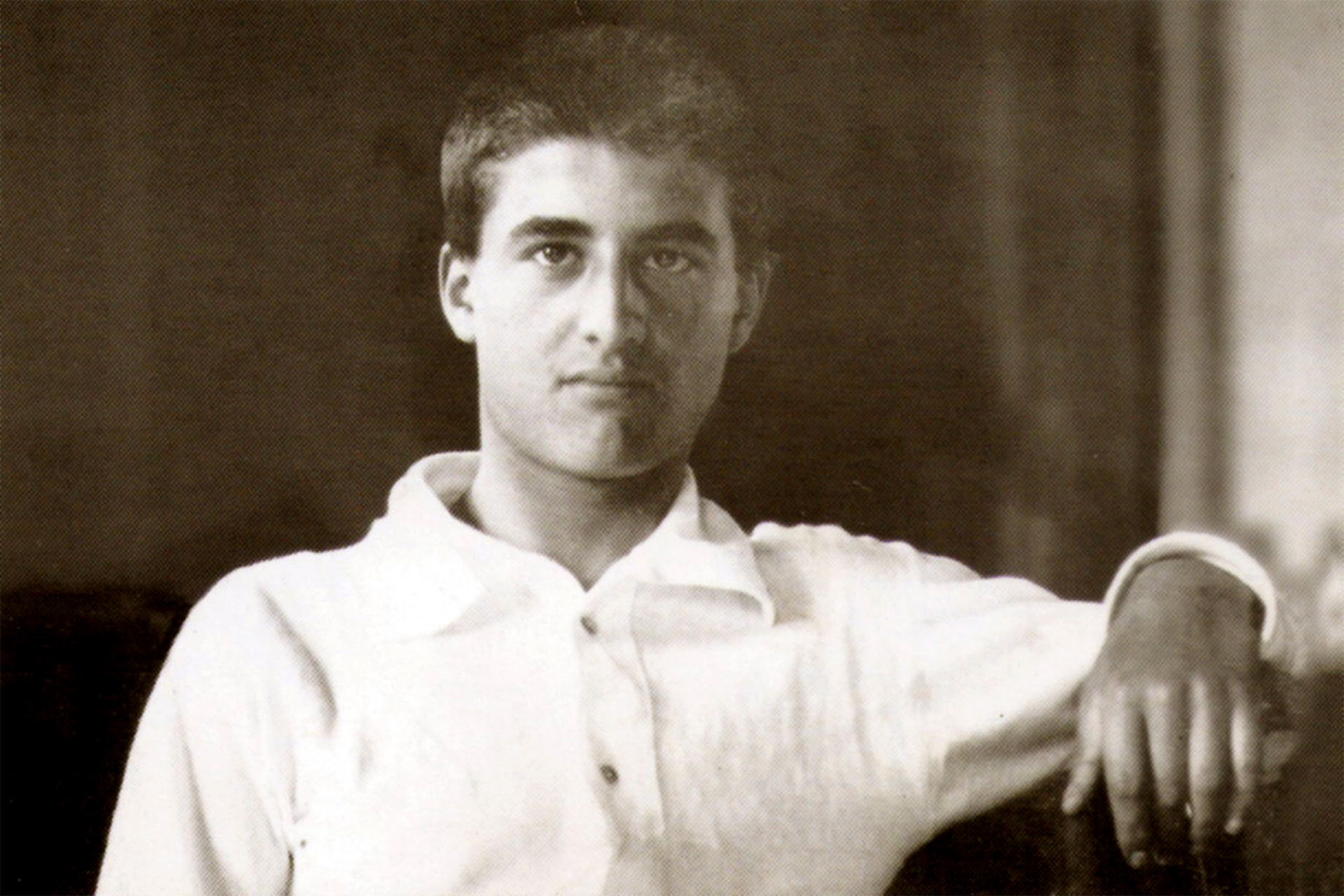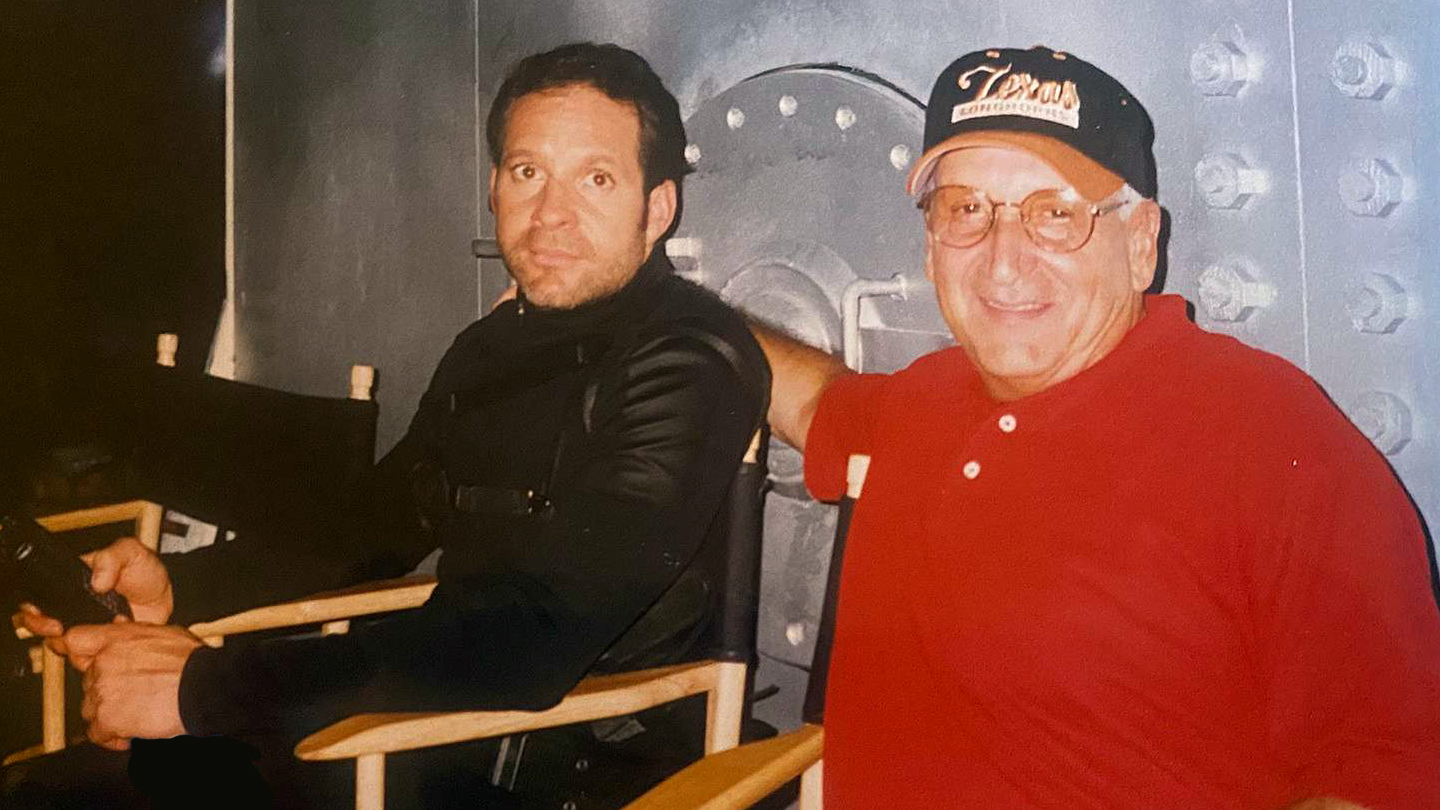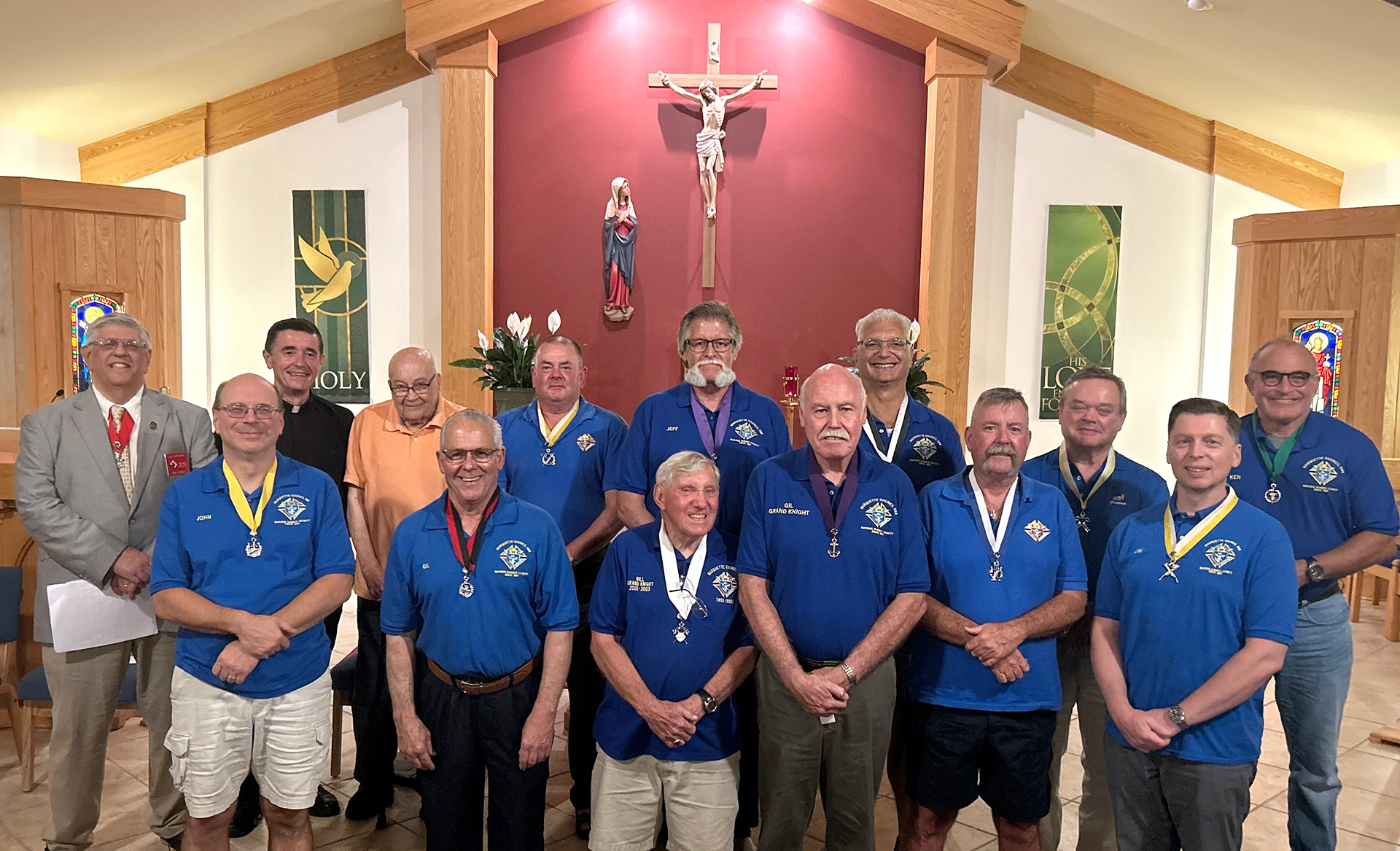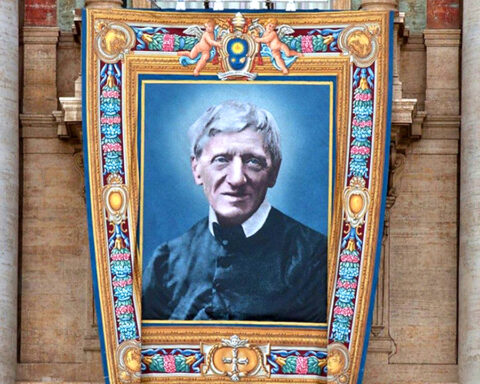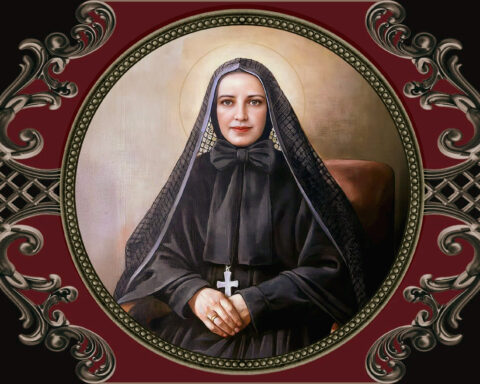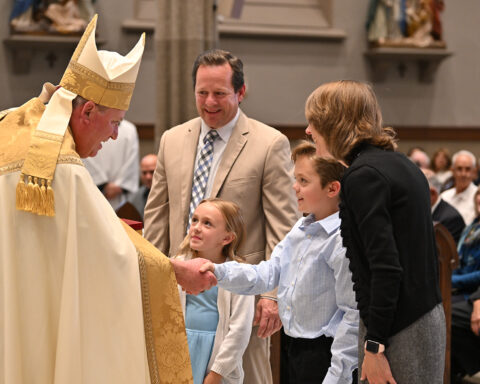“Pope Leo XIV held the first Ordinary Public Consistory of his pontificate on Friday (June 13), with Cardinals giving their formal approval for the canonizations of eight Blesseds.
During the ceremony, the Holy Father announced that Blessed Pier Giorgio Frassati and Blessed Carlo Acutis will be canonized together on 7 September.
The canonizations of the two young saints—one from the early twentieth century, the other the first twenty-first-century saint—have been greatly anticipated due to the great devotion among the faithful.”
Carlo Acutis and Pier Giorgio Frassati to be canonized together
I don’t recall the first time that I heard of “Blessed Pier Giorgio Frassati,” but during my years in the seminary and early years as a priest, I would hear his name from time to time. I believe he may have been a “featured Blessed” at one of the World Youth Days I attended. From the early years and throughout his pontificate, Pope John Paul II offered Blessed Pier Giorgio as a model for young Catholics. During his visit to Turin in April 1980, Pope John Paul “commented on Pier Giorgio’s ‘response’ to Christ:
Even a quick glance at his life, consumed in just twenty-four years is all you need to understand Pier Giorgio’s answer to Jesus Christ: it was the response of a modern youth, open to problems of his culture, to sports — he was a terrific mountaineer — to social matters, to the authentic values of life, yet he was also a man of deep faith, which was nurtured by the message of the Gospel, a man with a solid character, passionate about serving others, and consumed by a deep sense of charity which led him to approach … the poor and the sick. He was a young man whose joy was overflowing, a joy that helped him to overcome the many challenges of his life, challenges all young people face at that time of life.”
From Blessed Pier Giorgio Frassati (pp. 57–58) by Maria Di Lorenzo
I felt that I “got to know” Pier Giorgio much better when, a few years ago, I read the excellent biography, written by Maria Di Lorenzo, source of the above quote from St. Pope John Paul II. The biography has a wonderful subtitle (describing Pier Giorgio): Daredevil Athlete, Roguish Prankster, Unrelenting Activist, Unexpected Mystic. You can find the book on Amazon, but you can also order it from the website, Pauline Books and Medi
If you (perhaps) have not followed closely the scheduling of the Canonizations of the Church’s newest saints, as described in the Vatican News article quoted above, some would find it amazing and/or providential that Pier Giorgio will be canonized together with Blessed Carlo Acutis. As described in the article, Pope Francis had scheduled the two “Blesseds” to be canonized during this Jubilee Year of Hope, but Blessed Carlo’s canonization, scheduled for Divine Mercy Sunday, April 27, during the Jubilee of Teenagers, had to be postponed because of the death of Pope Francis (on Easter Monday, April 21). There was speculation that Blessed Carlo’s canonization would be moved to Sunday, Aug. 3, during the Jubilee of Youth, when Blessed Pier Giorgio was scheduled to be canonized. Pope Leo XIV did decide to canonize the two young Blesseds together, but moved the date to Sept. 7. They will be the first saints to be canonized by Pope Leo XIV.
If you are a reader of this column, I trust you are familiar with “Blessed Carlo” (see “Do you know that Carlo Acutis is about to be Canonized? And have you heard from his Mom?“). There are some interesting similarities (and differences) between these two young men of faith, born 90 years apart (Pier Giorgio on April 6, 1901, and Carlo on May 3, 1991). The words of St. Pope John Paul II, quoted above, to describe Pier Giorgio’s “response to Christ” also very accurately describe Blessed Carlo’s response to Christ, with just two changes: Carlo lived only 15, rather than 24 years and, while Pier Giorgio was “a terrific mountaineer,” Carlo was a skilled computer programmer. Much more could be said about the similarities and differences, both in their personal stories and in the world, culture, and Church in which they were raised, but, if you “get to know” these two (soon to be) Saints, you can see a beautiful testimony to what another Saint (Augustine) described as God’s Beauty, “ever ancient, ever new.”
While there are many ways to “get to know” a saint, a biography, such as Ms. Di Lorenzo’s, can be an excellent introduction. Another similarity between Pier Giorgio and Carlo is their encounter and engagement with the culture of their time. A relatively new way that many people, especially young people, are being introduced to or getting to know saints in our times is through the Hallow app. I have mentioned Hallow before. One of my favorite features on the app is their “Saints in Seven Days” series. Two weeks ago, I was happy to see that Hallow had added a “Saints in Seven Days: Pier Giorgio” series. I ended up listening to the seven episodes in three days, but however you choose to listen, you can learn not only about Pier Giorgio, but each episode offers an opportunity to pray with the individual saint by use of his or her words, reflections and insights on the spiritual life, discernment and faith. For more information on Pier Giorgio on the Hallow app, you can go here.
Like so many of the saints, both Pier Giorgio and Carlo Acutis had a profound devotion to and love for Jesus in the Eucharist, the Most Blessed Sacrament. There is a quote from Ms. Di Lorenzo’s biography, describing Pier Giorgio’s Eucharistic spirituality and life of faith and holiness, which I believe offers an excellent and inspiring summary. It can also serve as an invitation to each of us to strive to follow (soon to be Saint) Pier Giorgio’s example:
“Pier Giorgio understood that ‘to adore was the greatest act,’ because it meant taking part in the life of the saints in heaven, something he had learned from priests of the Congregation of the Most Blessed Sacrament, through whom he came to know the thought and spirituality of their founder, St. Peter Julian Eymard, the great believer in and preacher of Eucharistic devotion. Cardinal Giovanni Saldarini said of Pier Giorgio’s profound Eucharistic devotion, ‘he was a Eucharistic Christian, and, as such, he was passionate about charity … For him the Eucharist was more than a parenthesis in the midst of everyday life, rather it was the very heart of his existence; without this commitment, it would be impossible to build a truly Eucharistic life, that is, a life of gratitude and openness, a life that recognizes and is thankful for blessings, a life that gives of itself without hesitation to everyone and to anyone.’ ”
Blessed Pier Giorgio Frassati (p. 60)
